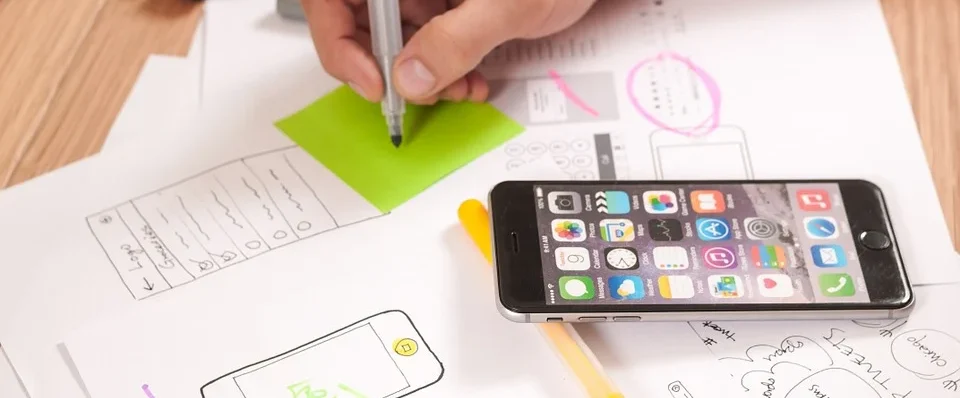
Chair: Tim Szeto – Tim@hapticsif.org
Contact: Tim@hapticsif.org
Status: Active
Mandate:
This Haptics Industry Forum working group is established to facilitate the development of industry-recommended specifications for haptic command formatting. The working group will undertake the following tasks with specified outcomes:
– Research haptic protocols, identify and categorise common and disparate aspects between various platforms. The intended outcome is to create a comprehensive database of existing haptic protocols, which will serve as a knowledge base for the working group and the wider haptics community.
– Liaise with active working groups such as ISO, MPEG and Khronos to align features and implementations. This will involve regular communication and collaboration, including joint meetings and workshops, to ensure alignment and avoid duplication of efforts. The expected result is the development of a unified approach to haptic command formatting.
– Identify any gaps in current protocols and implementations related to current and near-term haptic peripherals. The outcome of this task will be a detailed report outlining these gaps and providing recommendations for addressing them.
– Create a common framework for interoperability. The deliverable will be a comprehensive, industry-standard framework that ensures compatibility and interoperability across different haptic devices and platforms.
– Align industry stakeholders on feature support for common haptic features such as effect definition, endpoint targeting, multi-channel and HD rendering. This will involve engaging with industry stakeholders through consultations, workshops and surveys. The intended outcome is a consensus on the support for common haptic features.
– Publish specifications and reference implementations for the haptics community. In addition to publishing these resources, the group will also organize webinars and workshops to disseminate this information and engage with the wider haptics community.
The working group will aim to achieve these tasks within a two-year timeframe, with progress updates provided at regular intervals.